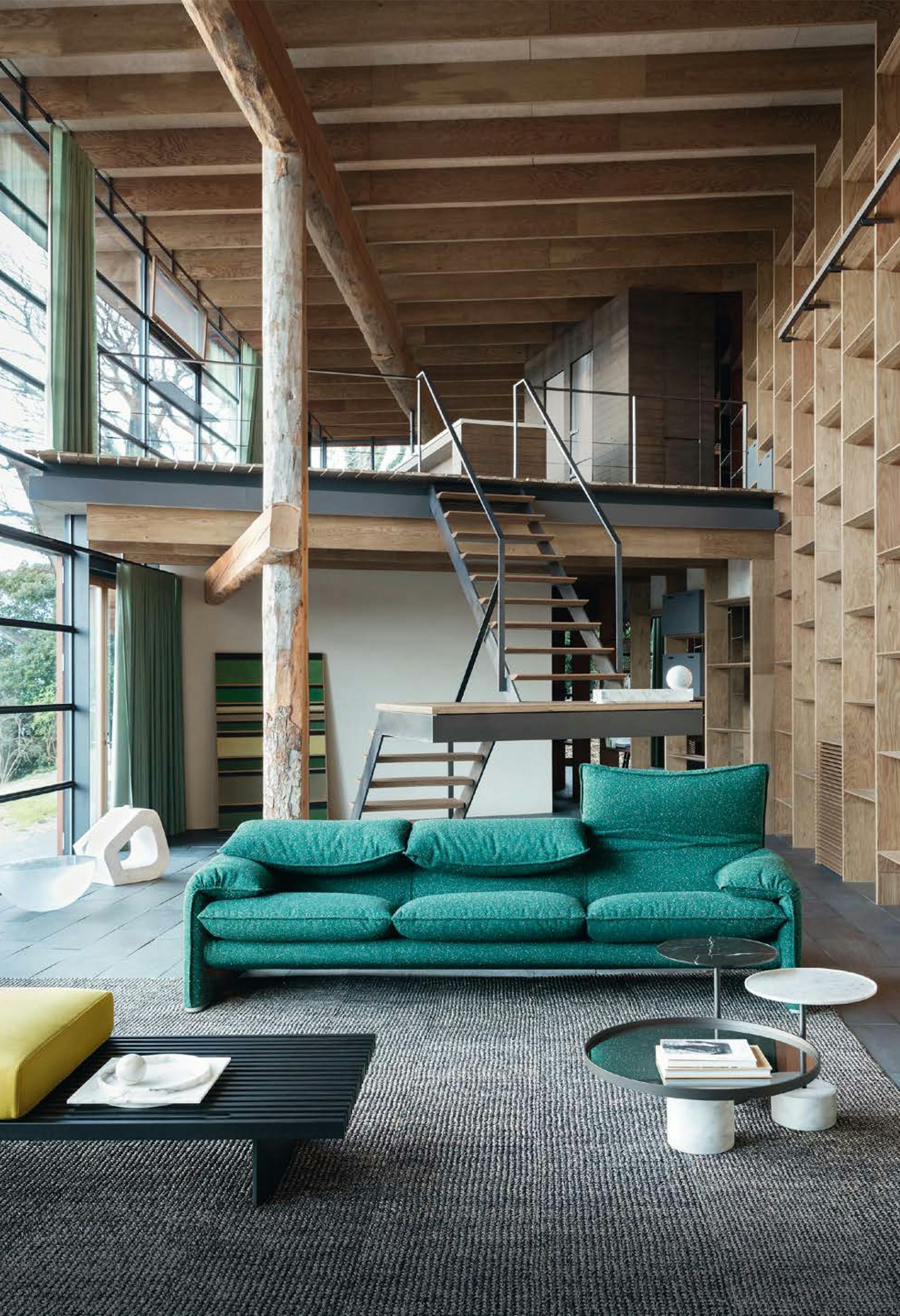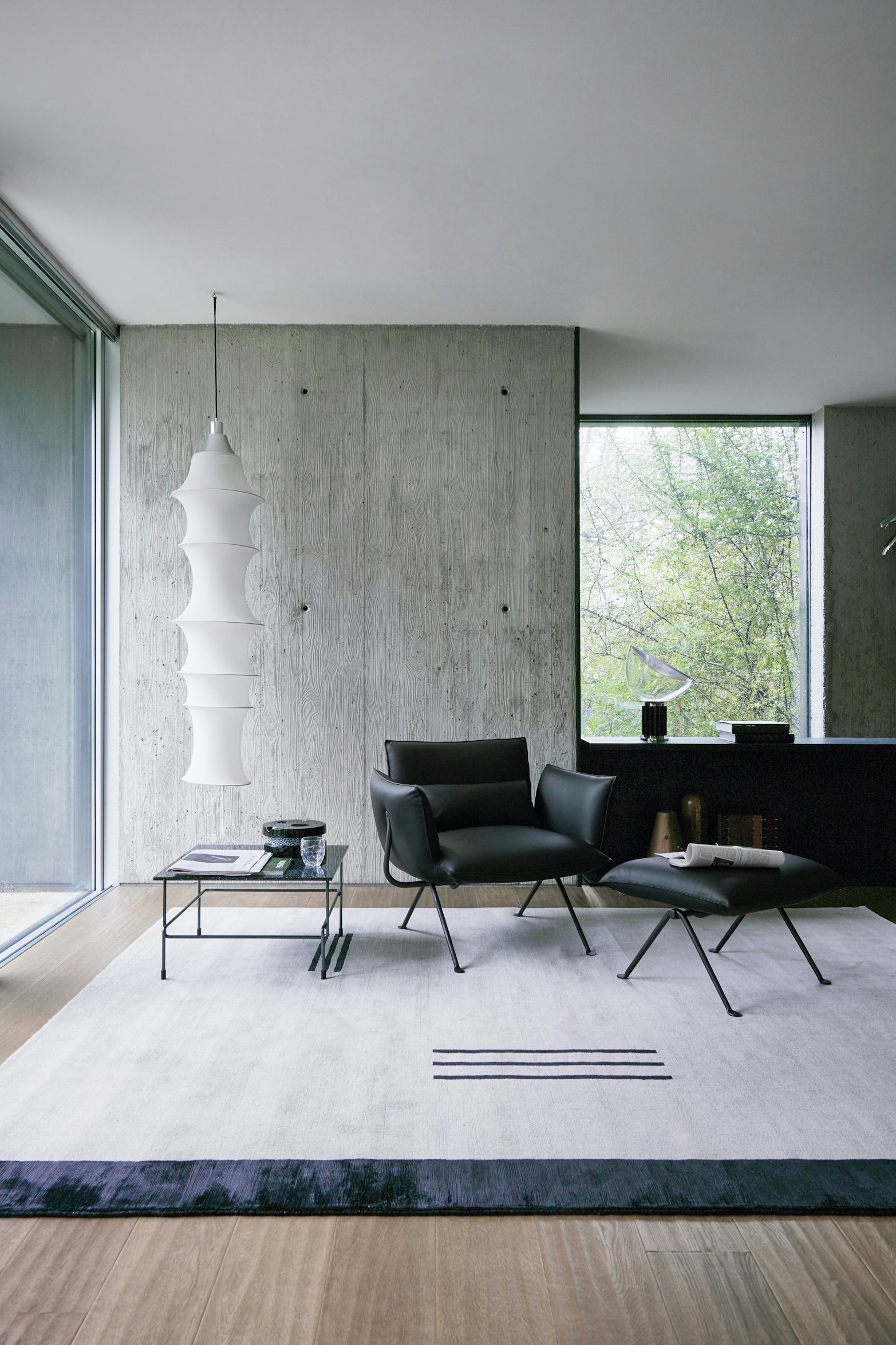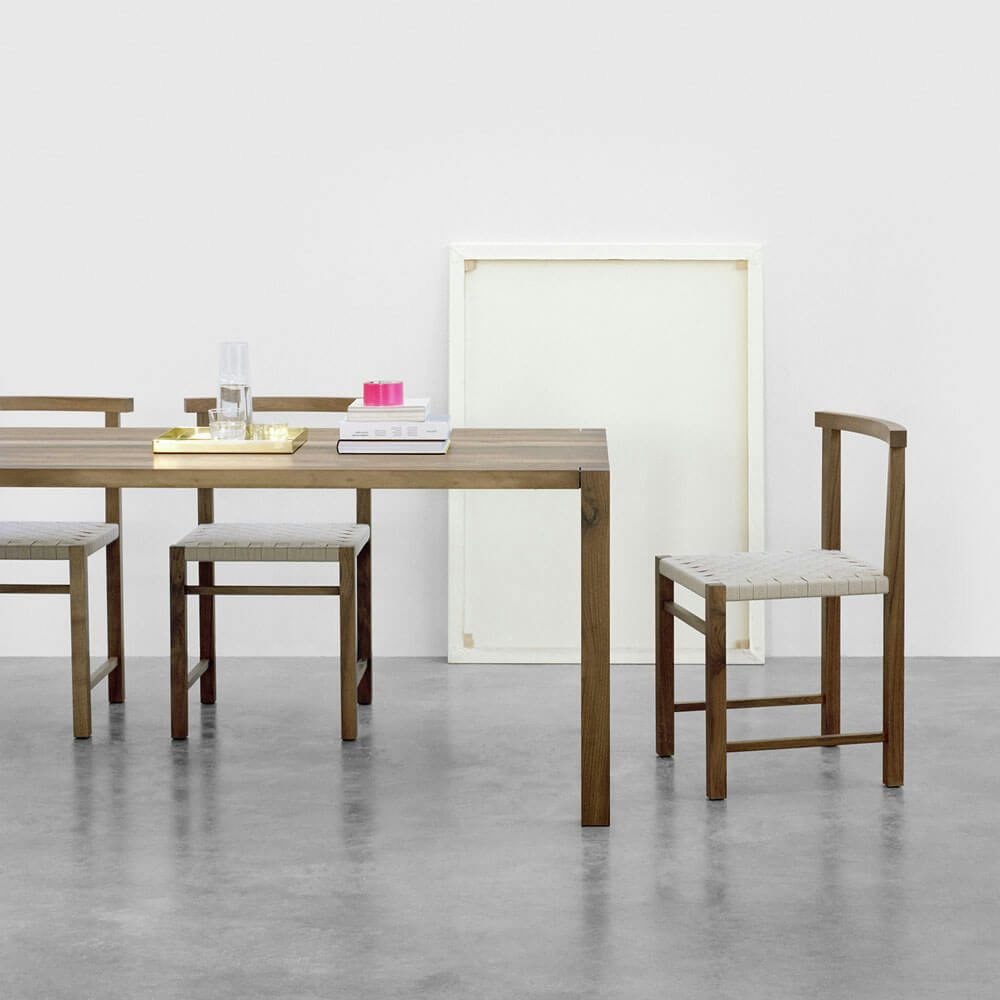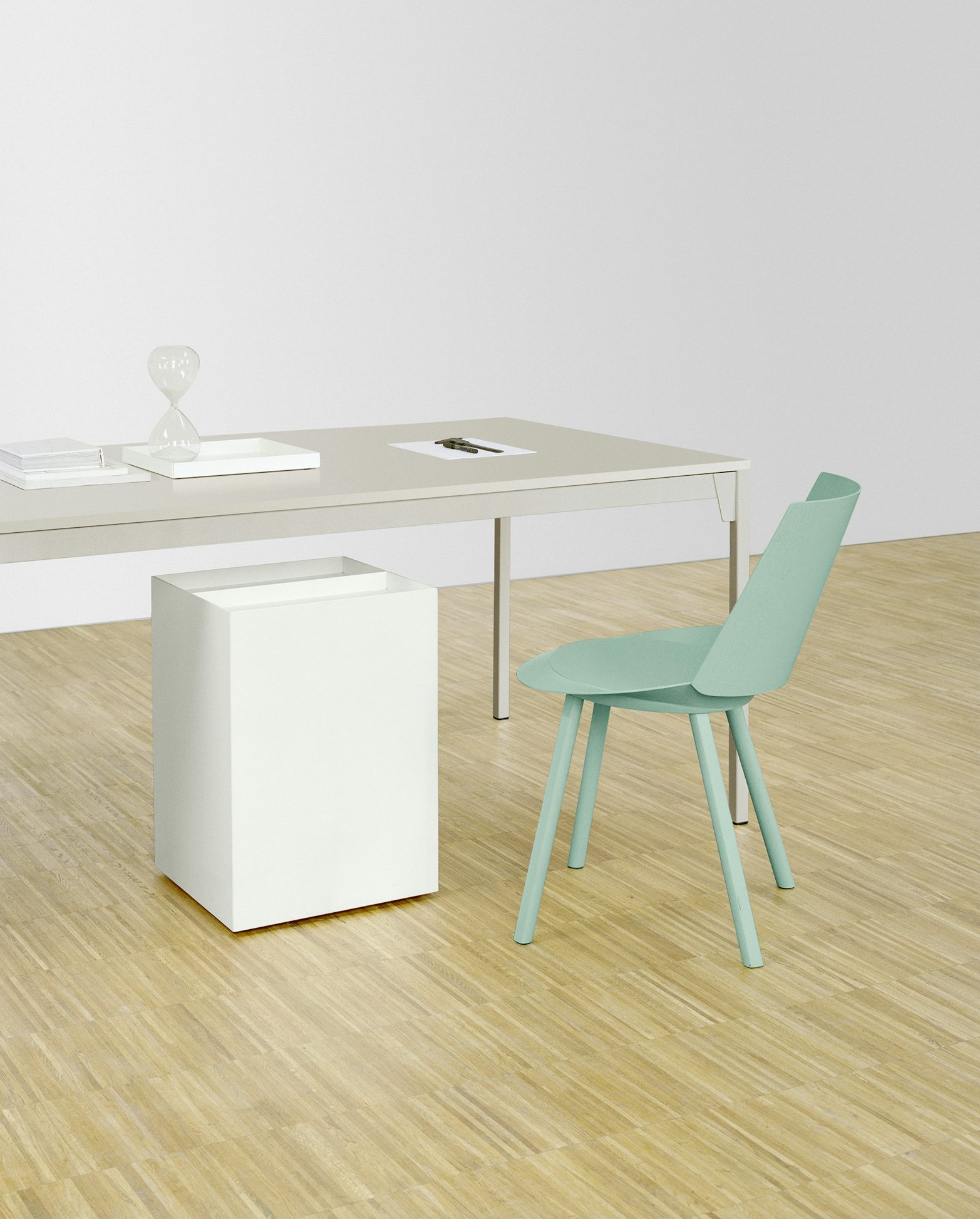Product Gallery
Video
Ferdinand Kramer
Germany (1898–1985)
An architect, interior designer, and furniture designer, Ferdinand Kramer is best known for his minimalist and functional designs. Born in 1898 in Frankfurt, Germany Kramer spent the first few years of his adult life as a soldier in World War I. After the war he studied for a few months at the Bauhaus before leaving to continue his education in Munich with Theodor Fischer. During his early career, Kramer created furniture designs for Thonet as well as product designs, including metal utensils and the Kramer Oven. Between 1925-1930 he worked with Ernest May designing housing projects in New Frankfurt. Kramer left Germany in 1938 due to the upcoming Nazi terror. World War II broke out the following year and he emigrated to the United States. While in the U.S. He developed the knock-down foldable furniture that is a large part of his design legacy. After returning to Germany in 1952, Kramer became the director of building for the Goethe University in Frankfurt, over his tenure Kramer designed 23 buildings for the university. His work shaped the architecture of the largest university in Frankfurt.
More in Furniture
View All
by Vico Magistretti
for Cassina
Maralunga Sofa

by Ronan & Erwan Bouroullec
for Magis
Officina Lounge Chair and Ottoman

by Antonio Citterio
for B&B Italia
Richard Lounge Chair
More in Ferdinand Kramer
View All
by Ferdinand Kramer
for e15
Karnak Chair

by Ferdinand Kramer
for e15
Charlotte Coffee Table

by Ferdinand Kramer
for e15





 © KRAMER ARCHIVE
© KRAMER ARCHIVE